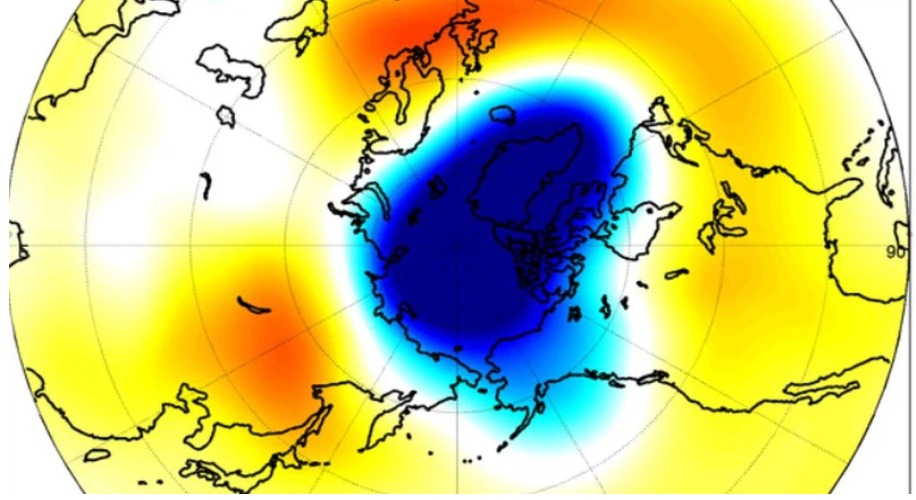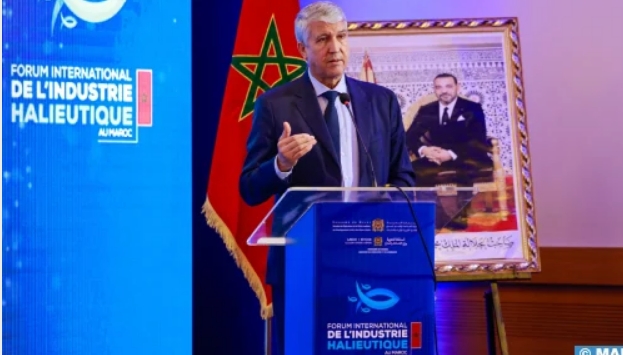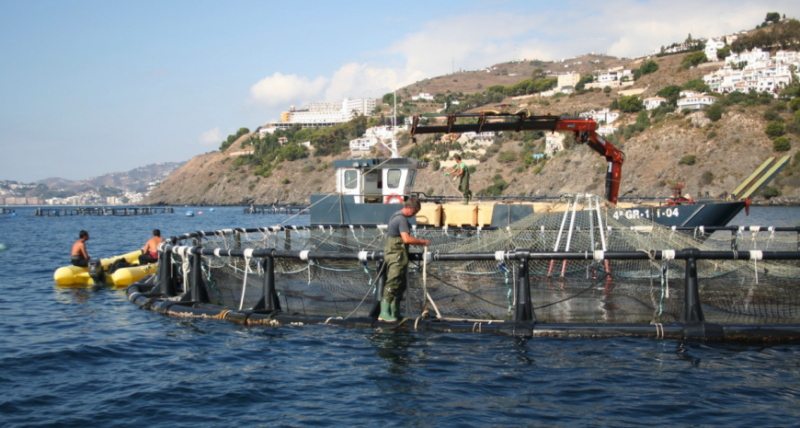Arab Climate – While much of Europe and the Western Mediterranean are gripped by intense summer heat, the Eastern Mediterranean basin, including the Levant countries, has largely escaped the worst of the heatwaves and remains untouched by the direct influence of the heat dome.
According to Arab weather forecasters, several factors are behind the absence of extreme heat in the region, with the positive Arctic Oscillation (AO) being the most significant.
What is the Arctic Oscillation (AO)?
The Arctic Oscillation is a climate index that reflects the difference in sea-level atmospheric pressure between the Arctic and the mid-latitudes (around 45°N). It has two phases:
- Positive Phase: Low pressure over the Arctic and high pressure over the mid-latitudes.
- Negative Phase: High pressure over the Arctic and low pressure over the mid-latitudes.
How Does the Positive AO Prevent Heat Domes Over the Eastern Mediterranean?
Arab meteorological experts explain that during a positive AO phase, the jet stream tends to be strong and stable over the polar regions. This prevents cold air masses from pushing southward into Western and Central Europe. As a result, subtropical high-pressure systems tend to remain centered over Western or Southern Europe, reducing their influence over the Eastern Mediterranean.
This weather pattern allows air masses to shift eastward across Europe, enabling cooler northwesterly winds from Eastern Europe to reach the Eastern Mediterranean. This movement limits the intrusion of hot air masses from the south.
Conclusion
A positive Arctic Oscillation during the summer is a key driver—alongside other climatic phenomena—of the relatively mild weather in the Eastern Mediterranean. It helps explain the lack or weakening of prolonged heatwaves and may occasionally lead to the development of active, dusty winds in the region.




